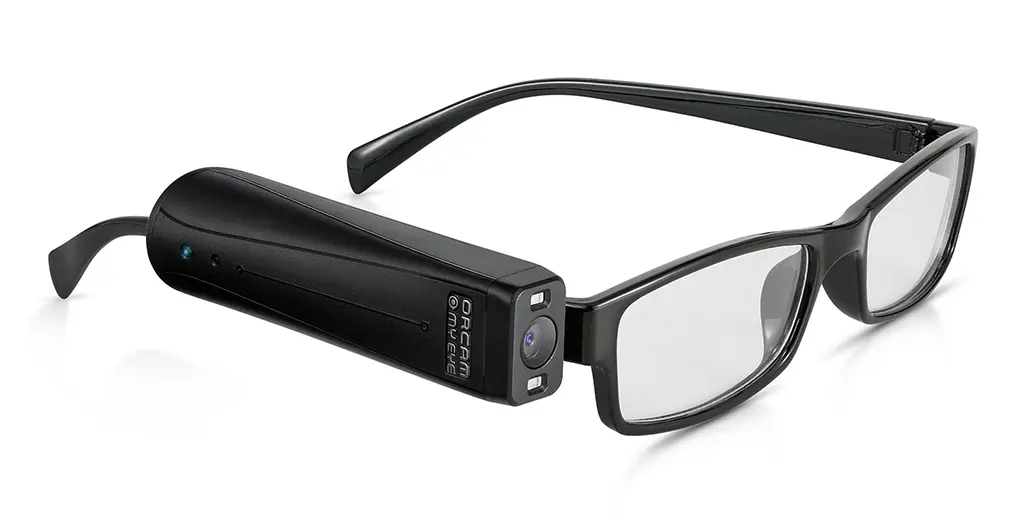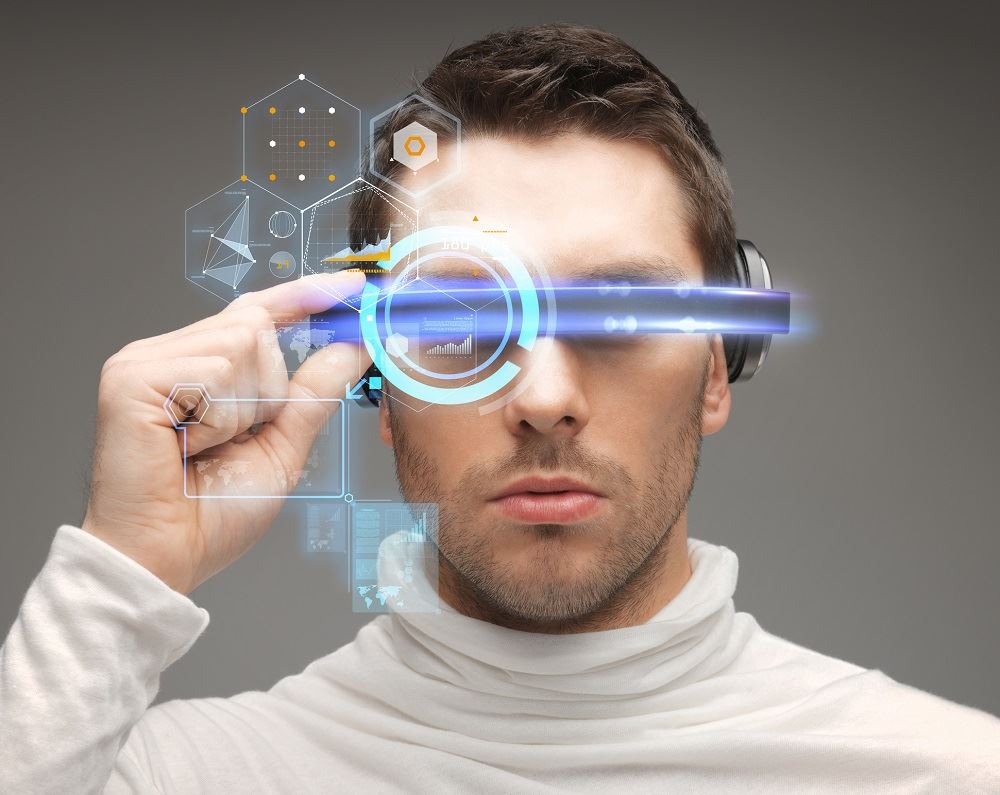Wearable Technology for Low Vision: Transforming How We Navigate the World
Wearable Technology for Low Vision: Transforming How We Navigate the World
Blog Article
Discover Advanced Assistive Gadgets for People With Visual Disabilities
The landscape of assistive modern technology for individuals with aesthetic disabilities is evolving rapidly, presenting a series of ingenious devices that boost freedom and engagement (Braille displays and notetakers). From smart glasses that seamlessly merge aesthetic input with auditory support to innovative navigating applications that redefine spatial recognition, these devices are reshaping possibilities. The most current developments in Braille innovation and voice-activated systems considerably contribute to access. The implications of these advancements extend much past mere functionality; they test traditional perceptions of special needs and self-reliance. What might this mean for the future of inclusion and assistance?
Smart Glasses Innovations
Smart glasses stand for a substantial innovation in assistive modern technology for people with aesthetic problems. These innovative gadgets incorporate numerous functions designed to boost the user's interaction with their atmosphere. Furnished with electronic cameras and sensing units, smart glasses can record real-time aesthetic details, which is after that refined and communicated to the customer with sound comments or haptic feelings. This functionality allows individuals to receive immediate descriptions of their surroundings, improving their capacity to navigate and engage with the world.
Moreover, advancements in expert system have further boosted the abilities of smart glasses. Artificial intelligence algorithms can recognize faces, reviewed text, and identify items, making them indispensable devices for day-to-day tasks. Customers can obtain acoustic hints that provide context regarding their atmosphere, fostering independence and self-confidence.
Additionally, the ergonomic design and lightweight nature of several wise glasses make them ideal for long term use, ensuring convenience while boosting functionality. As these tools remain to progress, they hold the possible to transform the means people with visual impairments experience their every day lives, linking the gap in between ease of access and technology. The continuous r & d in this field assurance to broaden the possibilities for clever glasses, making them a necessary element of modern assistive tools.
Navigation Application and Devices
Numerous navigation apps and tools have actually arised as necessary sources for individuals with aesthetic disabilities, dramatically enhancing their capacity to go across unknown settings. These technologies take advantage of GPS performance, audio signs, and real-time information to supply customers with precise navigation aid.
One popular example is the Aira app, which links customers to skilled representatives that can give aesthetic descriptions of surroundings and navigating guidance through an online video feed. This service enhances the user's spatial recognition and self-confidence while browsing. An additional notable tool is Seeing Eye GPS, which provides voice-guided navigation and sights, making it possible for customers to access essential details about their surroundings.

As modern technology remains to development, the advancement of much more sophisticated navigating tools promises to more equip people with visual impairments, assisting in seamless flexibility and assimilation into varied environments. Such advancements are critical in advertising a much more comprehensive society.
Braille Innovation Innovations
Recently, improvements in Braille technology have dramatically changed exactly how people with aesthetic disabilities gain access to details and involve with the globe around them. The growth of mobile Braille display screens has transformed analysis by enabling individuals to attach wirelessly to computer systems, tablets, and smartphones. These gadgets transform text right into Braille in real-time, allowing seamless interaction with electronic material.
In addition, ingenious Braille printers have learn the facts here now actually arised, boosting the manufacturing of tactile materials. Modern embossers are faster and much more reliable, allowing for the fast creation of Braille records and academic materials. This performance reduces the moment and price connected with creating Braille resources, making them more available to colleges and organizations.
Furthermore, the integration of Braille with other modern technologies, such as expert system and maker discovering, has opened new methods for individualized learning experiences. Voice acknowledgment and synthesis innovations can enhance Braille, giving a comprehensive technique to information dissemination.
As the need for inclusive education and learning and work environment settings grows, these technological advancements play an essential role in encouraging individuals with aesthetic problems, guaranteeing they have equal access to info and chances in various facets of life.
Wearable Tools for Independence
A growing variety of wearable tools is enhancing independence for individuals with visual disabilities, offering cutting-edge services that boost navigation and everyday living. Braille displays and notetakers. These gadgets utilize advanced technologies to offer real-time comments and support, promoting freedom in numerous atmospheres

Wearable innovation also consists of smartwatches that can be programmed with access functions, allowing users to obtain notices, track their locations, or also require aid with the touch of a switch. Some gadgets incorporate fabricated intelligence to assess the environment, offering sound summaries of close-by objects or people.
Voice-Activated Assistive Solutions
Leveraging voice-activated assistive remedies has changed the landscape of assistance for people with visual disabilities, providing hands-free interaction and accessibility to a selection of tasks. These modern technologies utilize natural language processing and man-made intelligence to make it possible for users to execute daily activities via straightforward voice commands.

Additionally, recent improvements in voice acknowledgment accuracy have boosted the user experience dramatically, accommodating diverse accents and speech patterns. This inclusivity makes sure that even more people can take advantage of these modern technologies, fostering a better sense of autonomy.
Verdict
Finally, the development of innovative assistive devices considerably enhances the freedom and high quality of life for individuals with visual problems. Technologies such as smart glasses, navigation applications, Braille modern technology, wearable gadgets, and voice-activated solutions collectively foster an even more inclusive atmosphere. These technologies encourage individuals to navigate their surroundings with self-confidence and engage even more fully with the globe, ultimately promoting greater ease of access and equivalent opportunities for people facing visual obstacles.
The landscape of assistive technology for people with aesthetic disabilities is evolving swiftly, providing a variety of ingenious gadgets that boost freedom and engagement.Smart glasses represent a substantial innovation in assistive innovation for individuals with aesthetic disabilities. As these tools proceed to evolve, they hold the potential to revolutionize the way individuals with visual impairments experience their everyday lives, linking the void in between access and innovation.In current years, improvements in Braille modern technology have actually significantly changed exactly how people with visual disabilities access info and involve with the globe around them. These technologies encourage users to navigate their environments with confidence and engage more totally with the globe, inevitably promoting higher access and equal opportunities for individuals dealing with aesthetic challenges.
Report this page